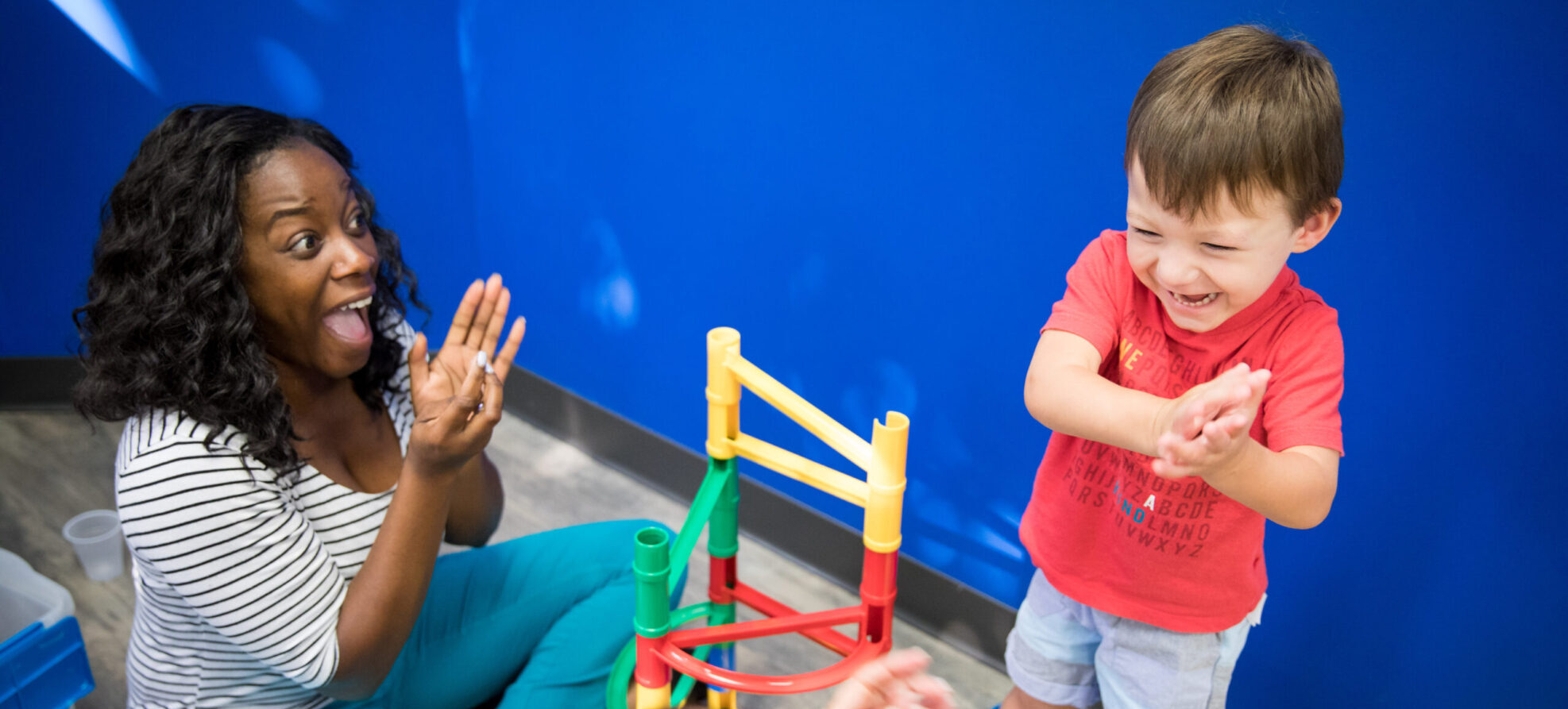Color the World Orange: Fighting Complex Regional Pain

Back to physical health resource hub
Color The World Orange is an annual event held the first Monday of November each year to spread awareness of Complex Regional Pain Syndrome (CRPS). Across the globe CRPS patients and supporters will be wearing orange, as well as planning events to spread awareness of CRPS, and raising funds to support research of this debilitating condition.
What is CRPS?
CRPS is a chronic pain syndrome that involves a dysfunctional response of the nervous system. The nerves send constant pain signals to the brain, causing moderate to severe deep aching, cold and/or burning pain. CRPS may develop after a traumatic injury or period of immobilization.
Anita L. Davis PT, DPT, DAAPM, ATRIC has been practicing physical therapy since 1985 and specializing in chronic pain since 1990. She works with the Brooks Pain Rehabilitation Program and also sees individual patients of all ages with various pain conditions including CRPS. Dr. Davis shares what someone with CRPS might expect during therapy:
Before developing Complex Regional Pain Syndrome (CRPS), you may never have had a major illness or injury. But now you may find yourself going from doctor to doctor and have a shelf full of medications. The doctors have talked about injections and maybe neurostimulators. They hopefully also recommended physical therapy.
How Therapy Helps
The goal of physical therapy for CRPS is to help you regain your strength and mobility, and even reduce your pain. Therapeutic activities that involve walking, stepping, carrying or lifting may present challenges. However, the aim of these types of tasks is to stimulate a normal, functional motion while allowing your nerves to adapt to the sensation by readjusting their sensitivity. The pain will likely increase at first with these tasks, since your nerves have become so sensitive that they overreact to what used to be normal. It takes time and repetition to retrain this response. Medical literature and clinical experience show that this ultimately leads to less pain within 10-14 days.
In the midst of performing these painful activities, you can work with your therapist on strategies to reduce the flare-up. Your therapist may share relaxation techniques, imagery, breathing and other movements that can ease the pain. Learn these and use them so you can gain confidence in your ability to control what has otherwise seemed uncontrollable.
Frequency/participation in therapy sessions may vary from one week to the next, so following a prescribed individualized home exercise program can be an important component of treatment. It can help you continue to make progress in strength, endurance, movement and function between therapy sessions.
Find Support
Support groups can also be a valuable resource to someone diagnosed with CRPS. Click here to find one near you.
Dr. Davis has started a local support group in Jacksonville for people with this condition. For more information, contact Anita Davis at 904-345-7259 or [email protected]
You can also help support the fight against chronic pain by joining the Brooks Pain team at the Riverside Arts Market on 11/7 to help increase awareness.


